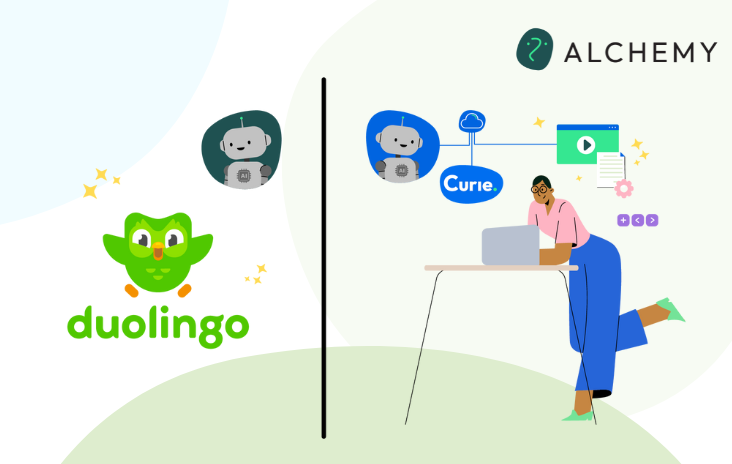Article
Recommendation Season Is Here: How AI Can Help Faculty Write Stronger Letters, Faster

As the academic year comes to a close, many instructors find their inboxes filled with student requests for letters of recommendation—often at the very moment they’re managing final grades, meetings, and personal burnout. These requests come not just from top-performing students but also from those whose promise may not always be visible in their transcripts alone.
Most faculty want to say “yes”—and mean it. They care deeply about supporting students on their next steps toward graduate school, internships, fellowships, or employment. But writing a strong, personalized letter for each request can be time-consuming and mentally taxing, especially under deadline pressure.
That’s why we created a Letter of Recommendation Optimizer—a simple but powerful tool that helps faculty start with a meaningful draft, built from student input and guided by the recommender’s professional judgment.
Human-Driven Letters, AI-Enabled Drafting
This is not about outsourcing the writing process to AI. In fact, generic AI-generated letters—those stripped of voice, context, or relationship—can do more harm than good. A strong letter still requires a faculty member’s authentic insight, credibility, and professional assessment.
But AI can assist as a scaffolding tool. It can help:
- Structure the narrative of the letter.
- Highlight student achievements and traits aligned with the recommendation context.
- Reduce time spent generating boilerplate sentences or struggling with tone and organization.
The result? A faculty-authored letter that remains personal, persuasive, and aligned with both the student’s goals and the recommender’s voice.
Student Form + Faculty Voice = Tailored Draft
The Optimizer works in tandem with a Letter of Recommendation Request Form that faculty can share with students. This form prompts students to provide:
- The target program or opportunity.
- Key experiences and accomplishments.
- Their own reflections on skills, knowledge, and character traits.
By starting with this input, faculty are better positioned to craft a focused and supportive letter. And when paired with the Optimizer, these elements are woven into a structured draft that can be edited and finalized quickly—without starting from scratch.
Want to preview or customize the student request form for your own use?
We’ve created a ready-to-use Google Form that instructors can copy or adapt to suit their needs.
Designed for Ethical Use and Professional Judgment
The Optimizer doesn’t replace faculty voice—it supports it. Faculty maintain full control over the content and tone of the letter. The tool simply helps align structure with intent, offering a clear and editable first draft based on information they already have (but may not have time to organize).
Responsible use of AI in academia is a growing conversation, and tools like this should be transparent, accountable, and aligned with our values as educators.
Being Transparent with Your Students About AI Use
As AI tools become more integrated into academic workflows, faculty may wish to be transparent with students about their use in support of writing recommendation letters.
While full authorship and final judgment remain with the instructor, being open about the process can help build trust and reinforce responsible modeling of appropriate GenAI use. If you choose to share this with your students, here is a sample of how to describe it:
“To help me get started with your letter, I used AI to assist in organizing the information you provided. I then revised and finalized the letter to reflect my experience with you, along with the attributes that make you a strong candidate for the position.”
Try the Optimizer: Support Students Without Sacrificing Quality
We invite you to try the Letter of Recommendation Optimizer—especially as recommendation requests increase this time of year. Whether you’re writing for one student or ten, this tool is designed to honor your mentoring role while lightening the administrative load.
|
A Final Word of Encouragement
Letters of recommendation remain one of the most impactful ways faculty support students’ futures. Each letter represents a moment of advocacy—an opportunity to affirm a student’s potential and open doors to what comes next.
At the same time, the end of the academic year brings significant demands on faculty time and energy. Finding ways to sustain the quality of this important work—without becoming overwhelmed—is essential.
Supporting students through thoughtful, well-crafted letters continues to be a meaningful part of the academic role. With intention and the right preparation, it’s possible to uphold that commitment while also taking care of ourselves as educators.



